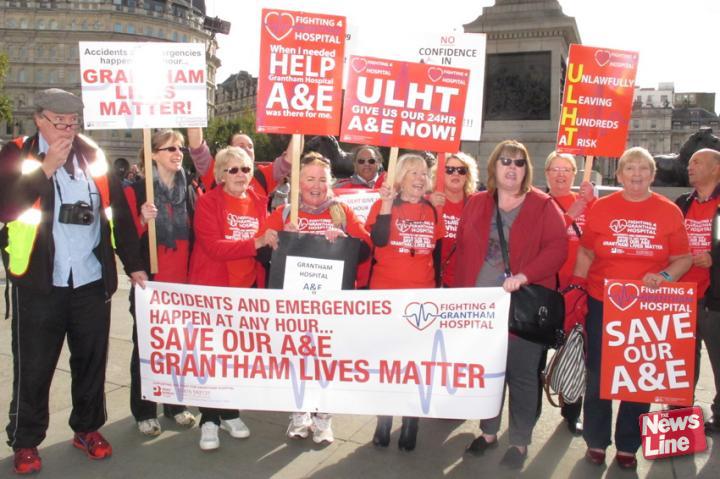THE NHS is facing its biggest shake up in a generation with 19 hospitals marked for closure, and care from cradle-to-grave put through a wholesale overhaul to plug a £22bn black hole in health service funding using Sustainability and Transformation Plans (STPs).
An analysis of the 44 regional ‘blueprints’ has revealed for the first time the extent of the cuts and drastic changes in the delivery of care that the government wants to achieve by March 2021.
The findings include:
• The proposed or likely closure of 19 hospitals, including five major acute hospitals.
• The closure of more than 2,000 beds in acute and community hospitals and the loss of nearly 3,000 jobs to create a ‘smaller, more agile’ workforce.
• Major re-organisations of emergency and maternity care.
• A massive move to ‘out-of-hospital’ care with patients encouraged to manage their own health needs, aided by technology which may include ‘virtual doctors’. Primary care ‘hubs’ will bring health services closer to home – in one case potentially using libraries to see patients.
These are the 19 hospitals, including five major acute hospitals, that are marked for closure:
Acute hospitals closing or at risk of closure:
• South West London – one of five sites proposed to close – St Helier, St George’s, Epsom, Croydon, Kingston.
• North West London – future of Ealing Hospital in doubt.
• Leicestershire – one of three acute hospital sites proposed to close.
• Black Country – merger of two general hospitals to a single site.
• Dorset – merger of Royal Bournemouth and Poole Hospitals.
Community hospitals facing closure or redesignation:
Alston, Cumbria; Maryport, Cumbria; Wigton, Cumbria; Hinkley and District Hospital, Leicestershire; Rutland Memorial Hospital, Leicestershire; Bolsover Local Hospital, Derbyshire; Newholme Hospital, Derbyshire; St Leonards, Dorset; Alderney, Dorset; Westhaven, Dorset; Ashburton, Devon; Bovey Tracey, Devon; Dartmouth, Devon; and Paignton, Devon.
ends
